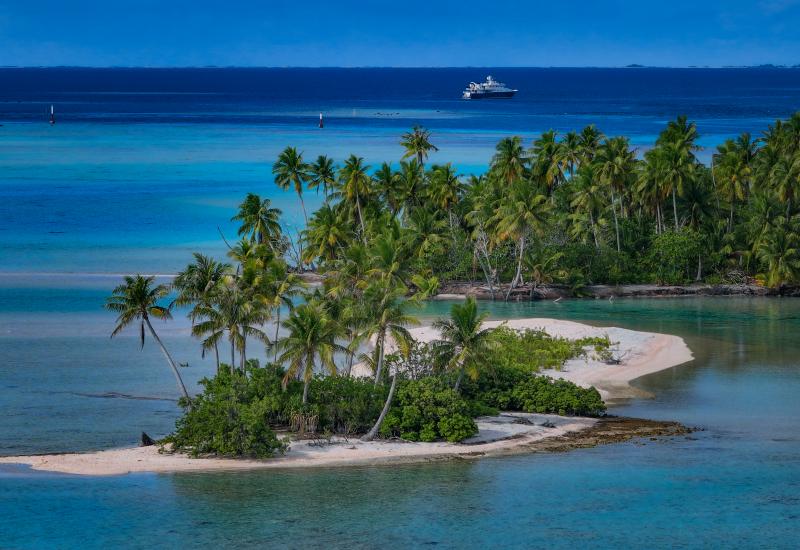What It’s Like to Dive with an Anaconda

Shutterstock.com/Vinicius FonsecaDiving with one of the world's largest snakes requires traveling over waterfalls and through saw grass.
Facing the unknown is not everyone’s cup of tea, especially when that cup of tea has a snake in it. An anaconda, to be specific.
I am in the Mato Grosso region of Brazil on a mission to take pictures of these enormous predators in their natural habitat. Reaching them requires going down waterfalls with a boat loaded of heavy, expensive equipment that must be kept dry before then hauling it all through saw grass. Especially when you are unfamiliar with the destination—and are among the first people to undertake such a project—an expedition like this takes extensive research and organization. I was fortunate to have a great team, patience and good luck with weather.
But, even with a team, I cannot deny that there is also a sense of adventure and excitement in being among the firsts, in experiencing the unknown, and curiosity mixed with surprise in studying wildlife and organizing uncommon dives. Also known as the water boa, these non-venomous snakes are semi-aquatic carnivores living in swampy areas of tropical South America. Although the name ‘anaconda’ refers to a group of snakes, it is often used to refer to the green anaconda—one of the biggest snakes on the planet.
Our first spot is incredible, a giant anaconda more than 18 feet long! Although I travelled all this way, I am scared when I enter the river. I have never been so close to a snake before, but I’m more afraid by small poisonous snakes than a big one. With the anaconda, at least I can see it and know what she is doing, although much of the time she hidden in the murky waters bends of the river. Female anacondas can stay under water for several minutes at a time and are powerful swimmers, even against the stream of the river. They only need to poke the nostrils out of the water for air from time to time before diving again.
Throughout the week, I my luck held — I saw several huge females and some smaller male. Some days we found huge female anacondas just lying on the riverbanks, their heavy body partly sunk in the mud, stomach so swollen with prey like capybara they will not feed again for several weeks. Other days they swam upstream with remarkable speed as if they are late to a meeting with friends, never slowing down, even in the strong current in middle of the river.
The more time I spend in the water with these beautiful and colorful snakes, the more comfortable I feel. I remain alert, eyeing their behaviors and keeping safety front of mind, and nothing happens. My fear fades. All that’s left is the stunning sight of 18 feet of snake swimming upstream.










